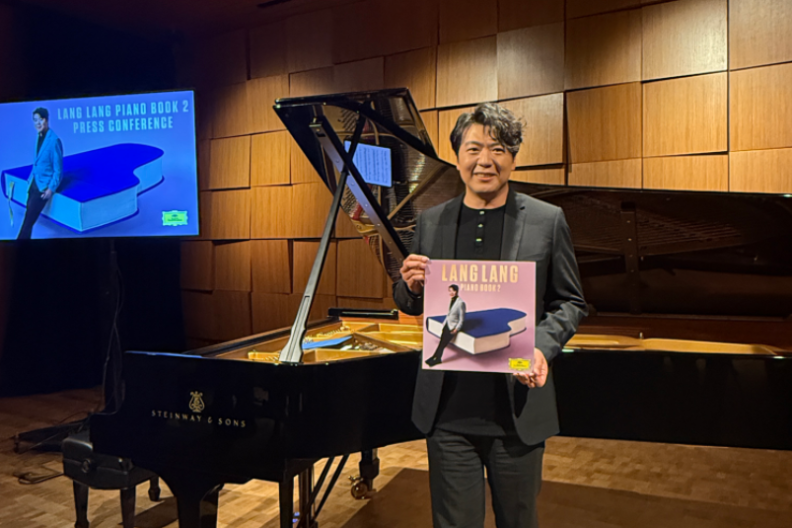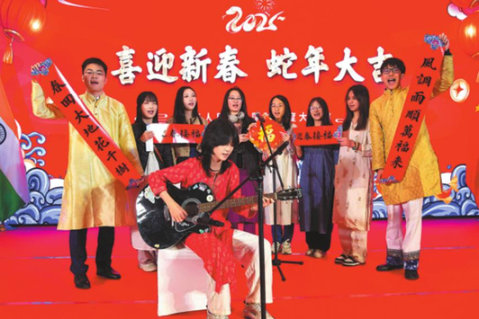Secret Superstar can provide an insight

Sunday afternoon, my Indian pals and I watched Hindi movie Secret Superstar at a Beijing cinema that was jampacked - almost 90 percent of the audience was Chinese.
A straw poll on my way out confirmed my observation: they enjoyed, and were moved by, the inspirational, feel-good, if a bit melodramatic, film.
One of the reasons is, of course, the growing popularity of Indian matinee idol Aamir Khan in China. The actor-filmmaker not long ago created waves with his 3 Idiots and Dangal. So much so that when President Xi Jinping met Narendra Modi in June last year, he told the Indian prime minister he watched Dangal and enjoyed it.
Khan stars in a cameo in Secret Superstar that highlights the dreams, aspirations, thought processes and value systems of digital-age, social media-loving urban teenagers.
The movie seamlessly weaves in some universal themes that resonate with Asian audiences: gender equality, female empowerment, the fight against domestic violence, the need to encourage youngsters to dream and think big and boldly endeavor to make their dreams come true. Secret Superstar could well hit the Chinese boxoffice jackpot during the upcoming Spring Festival holiday. So it was with some surprise that I learned the film didn't fare too well in India when it released a few months back.
Why? From what I gather, the reasons could be that Khan is in a cameo rather than the lead role and ordinary marketing. Yet, the film appears to be gaining from strong word-of-mouth in China, going by vigorous online discussions on Chinese social media.
Is there more going on here? Yes, I'd theorize. The different audience reception to Secret Superstar in India and China may be hiding some clues to why the two most populous nations in the world are achieving qualitatively different outcomes with their efforts for economic transformation.
In many ways, the Indian and Chinese civilizations, and the modern nation states that sprung from them, have a lot in common, large populations being the most obvious aspect.
Reliance on agriculture, until recently, is another. Family values, community as the bedrock of local society and an emerging economy status are other common features.
Around 30 years back, both China and India embarked on economic reforms to shake off their Third World tags. Today, in what looks like a 25-lap 10,000-meter Olympic race, China clearly leads by several laps.
Is it that the Chinese are less distracted, have sharper focus and don't crave sugar and spice in everything they consume, ponder or do? Probably yes.
Another theory: success in China could give Secret Superstar a second chance in India.
Contact the writer at siva@chinadaily.com.cn

































